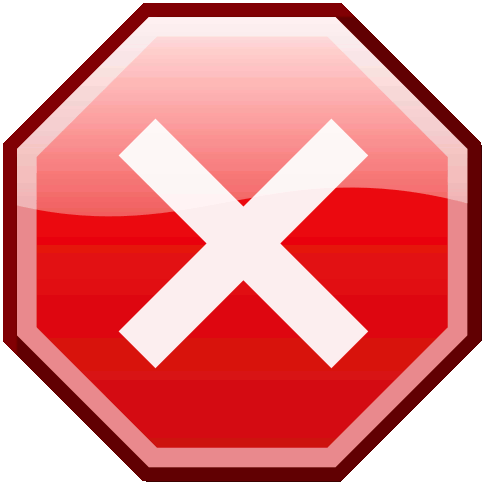
This page provides information on writing in an ethical manner.
The American Psychological Association (APA, 2020), notes, to avoid plagiarism, be sure to provide credit to a source using the author-date citation system, whenever you:
Providing proper citations involves two parts: an in-text citation, and a complete reference list entry. "Each work cited in the text must [emphasis added] appear in the reference list, and each work in the reference list must [emphasis added] be cited in the text" (p. 257).
It is unethical to:
Hire someone else to write a paper (contract cheating) (p. 256).
American Psychological Association. (2020). Publication manual of the American Psychological Association (7th ed.). https://doi.org/10.1037/0000165-000
For more information on plagiarism, please see the American Psychological Associations Avoiding Plagiarism and Self-Plagiarism document. https://apastyle.apa.org/instructional-aids/avoiding-plagiarism.pdf
 To represent oneself as the author of some work that is in fact the work of someone else is to plagiarize. Plagiarism may include the “passing off” of the form of the work—for example, the exact words of a piece of writing—or the intellectual content, or both. Plagiarism "denies authors or creators of content the credit they are due" (APA, 2020, p.254).
To represent oneself as the author of some work that is in fact the work of someone else is to plagiarize. Plagiarism may include the “passing off” of the form of the work—for example, the exact words of a piece of writing—or the intellectual content, or both. Plagiarism "denies authors or creators of content the credit they are due" (APA, 2020, p.254).
Plagiarism exists as a serious social problem within the halls of Western academia. Only exceptional circumstances bring plagiarism of someone outside of academia to public attention. Plagiarism is an ethical, not a legal, issue and it does not equate with the breaking of copyright or patents, though at times both may also involve plagiarism. The advent of the World Wide Web and vast electronic databases brought this issue to the fore within academic institutions, resulting in new methods of both plagiarism and detection. The global nature of the Web and the increase in transcultural education through the movement of students and scholars has increased awareness of a cultural dimension to plagiarism.
American Psychological Association. (2020). Publication manual of the American Psychological Association (7th ed.). https://doi.org/10.1037/0000165-000
Pickering, J.(2008). Plagiarism. In Encyclopedia of social problems. http://search.credoreference.com/content/topic/plagiarism
Self-plagiarism
Self-plagiarism is the act of presenting one's previously completed work as original and new (APA, 2020, p. 21, 256).
Submitting an assignment used in a previous class or for a previous assignment are examples of self-plagiarism, and is considered unethical conduct.
American Psychological Association. (2020). Publication manual of the American Psychological Association (7th ed.). https://doi.org/10.1037/0000165-000
Terms of Use | Privacy Policy | Legal Notice | Federal Disclosures | State Disclosures | Title IX | Accreditation
Student Consumer Information | BPPE Annual Report & Performance Fact Sheets | BPPE Website | Catalog | Careers With Us
West Coast University © 2025 All Rights Reserved